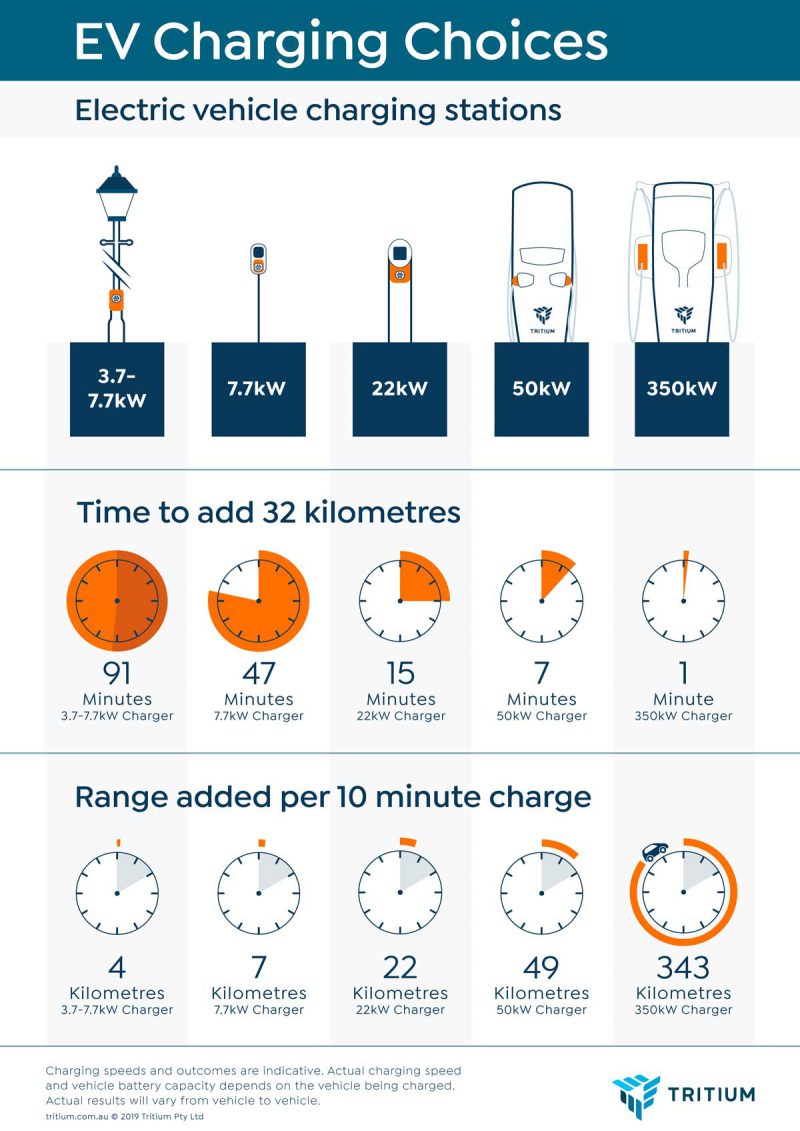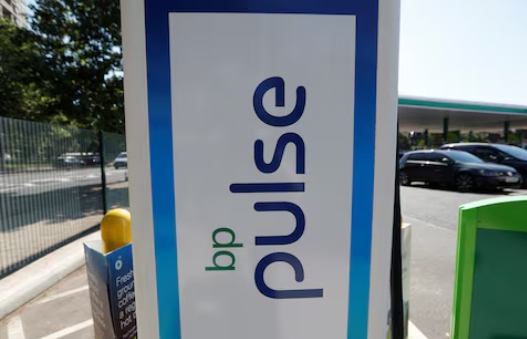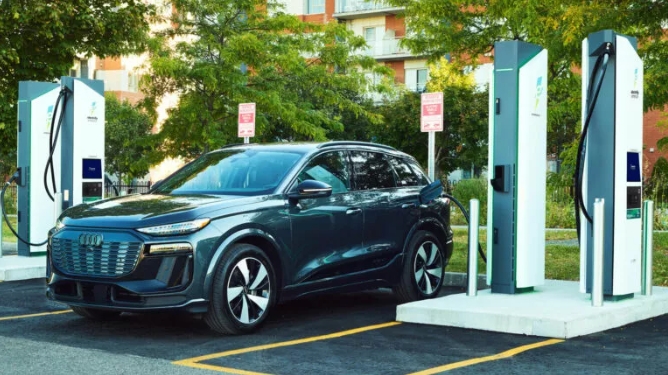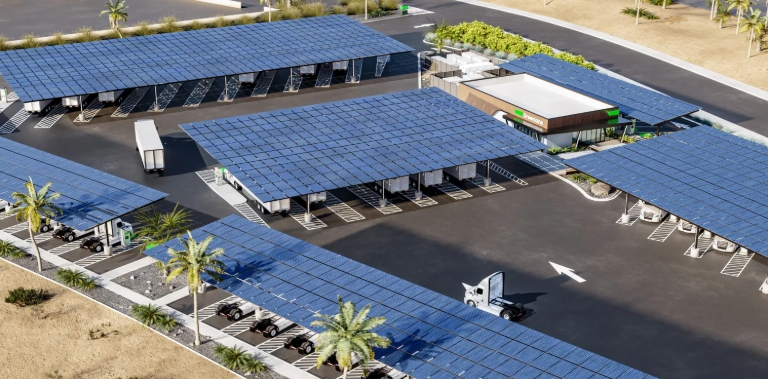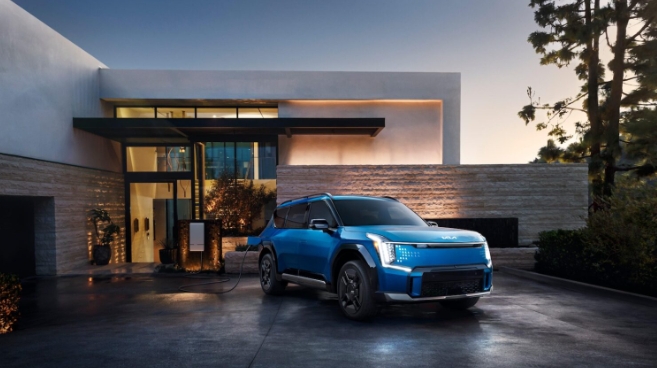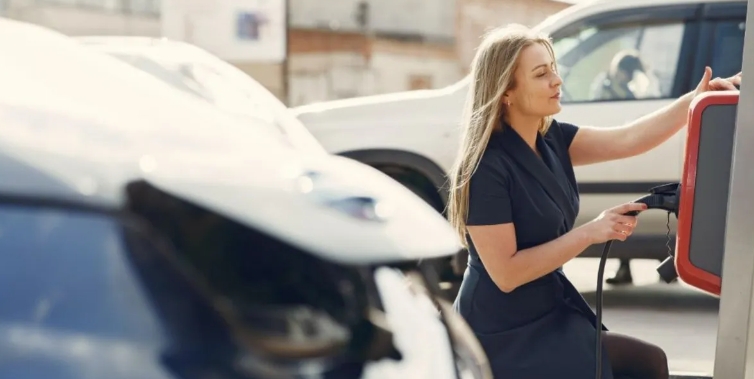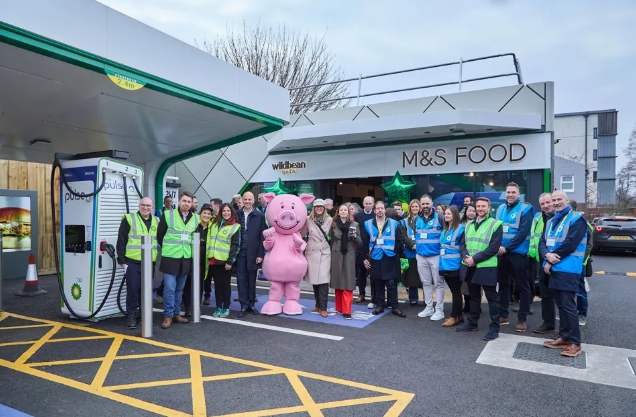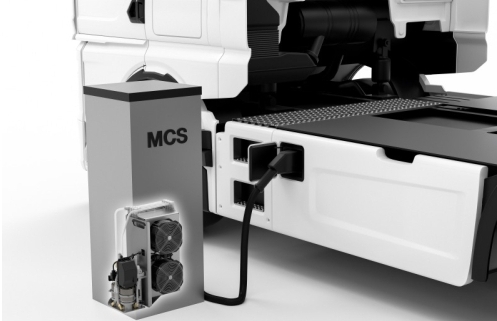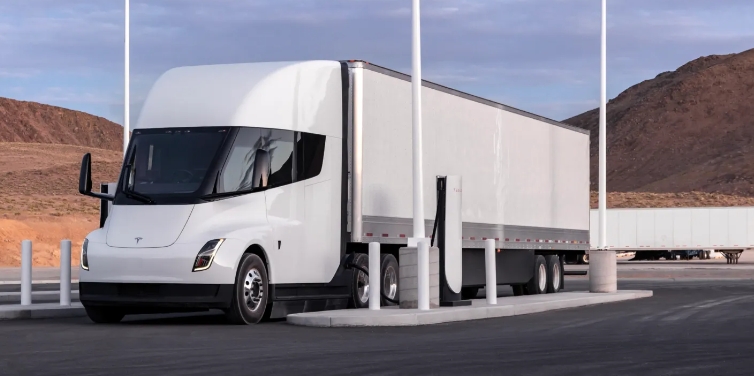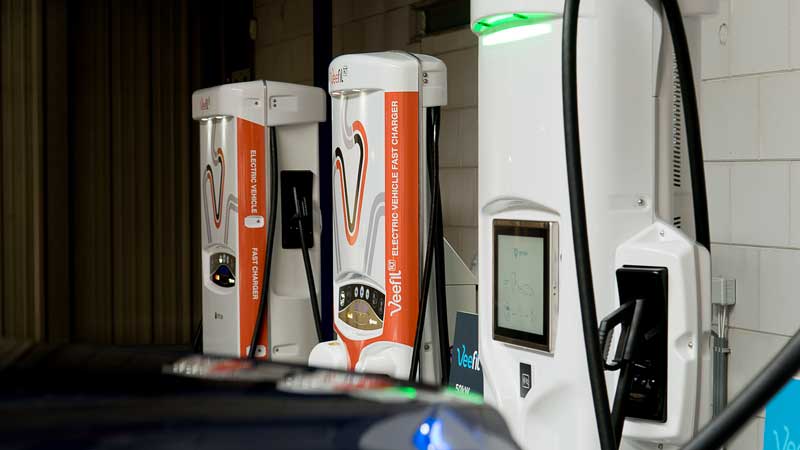
It’s a question I’ve often asked myself. Like my iPhone, there is not a simple answer, because it depends on how low the battery is at the time it is charged.
But in the case of electric vehicles, there is another variability: It also depends on how big your charging equipment is – is it a plug into an everyday power point, is it a dedicated home charger, a “destination” charger, a “fast charger” or a “ultra-fast” charger?
One of the simplest explanations I have heard is this: The amount of kilometres you can add to your vehicle in 10 minutes is equal to the capacity of the charge.
So, if you plug into the wall socket, with, say, a 2kW charge, you will add 2kms of range in 10 minutes. If you plug into a 50kW charging station (fast chargers), you will add 50kms in 10 minutes.
And so on. Here’s a useful graph that has been provided by Australian EV charging firm Tritium that tells pretty much the same story.
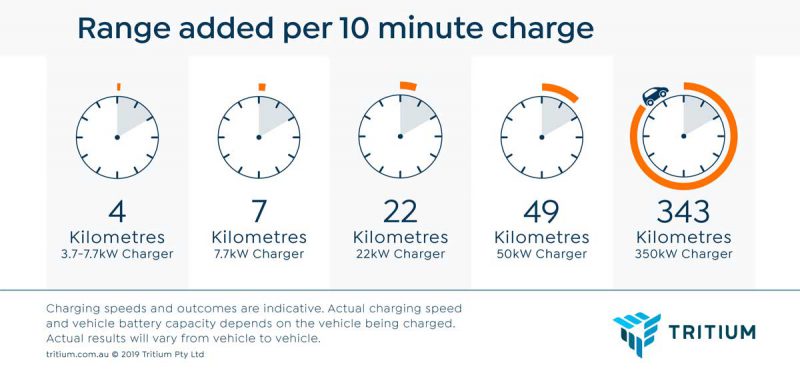
We published this graph above first, because it is the simplest portrayal.
One thing to note: the slowest option sounds slow, but only if you are in a hurry. Most charging can be done when a car is parked , either at home or in the office, and some of that when you are asleep. So time, and capacity, is not that crucial.
It is, of course, if you are travelling long distances, and want to top up your charge while you are stopping for a bathroom, coffee, rest or meal-break.
The graph below goes into more detail, detailing the various options and adding a “how long does it take to add 32kms of range” calculation.
One final observation: it’s not just the size of the charger that counts, but also the capability of the battery – some car batteries simply can’t be charged at 350kW, for instance, but more will over time.
